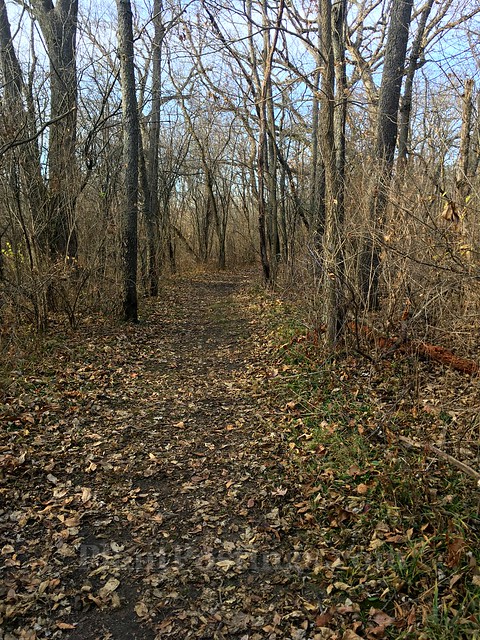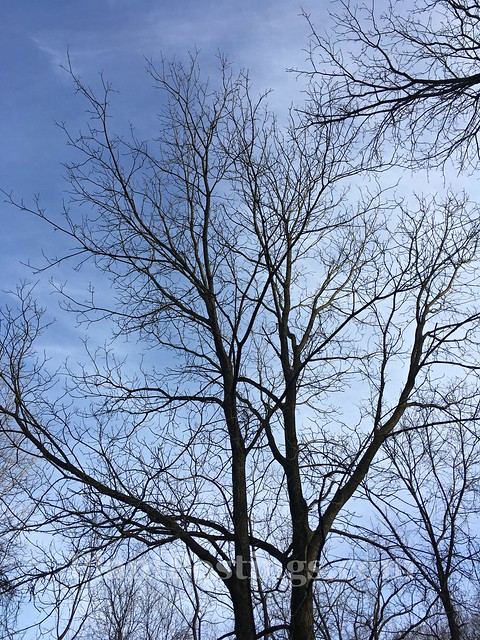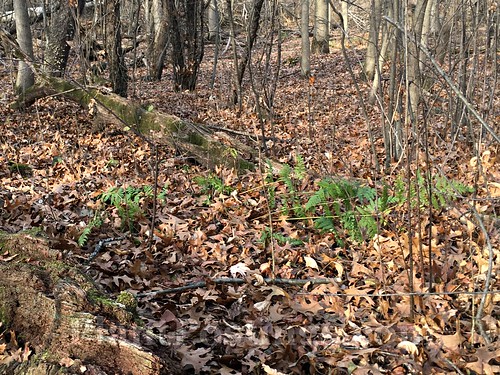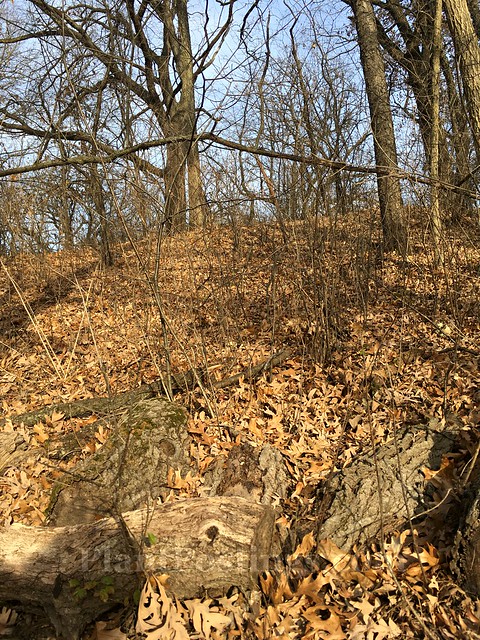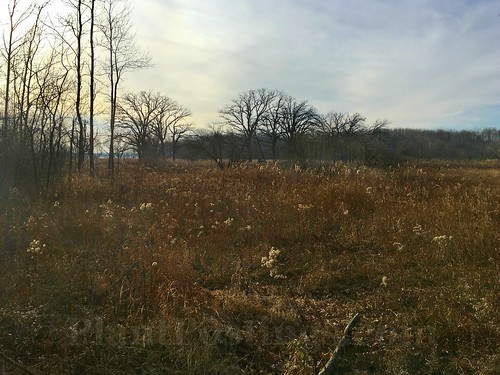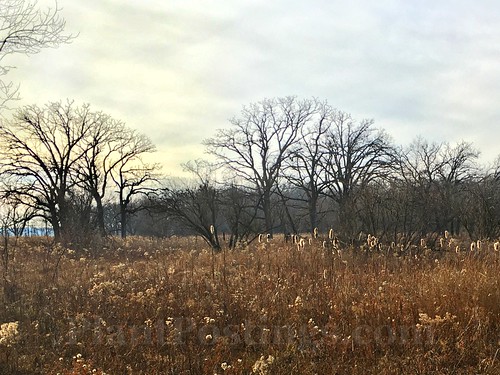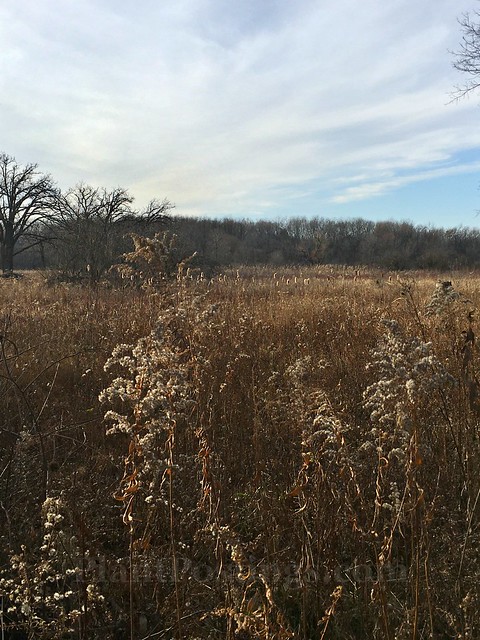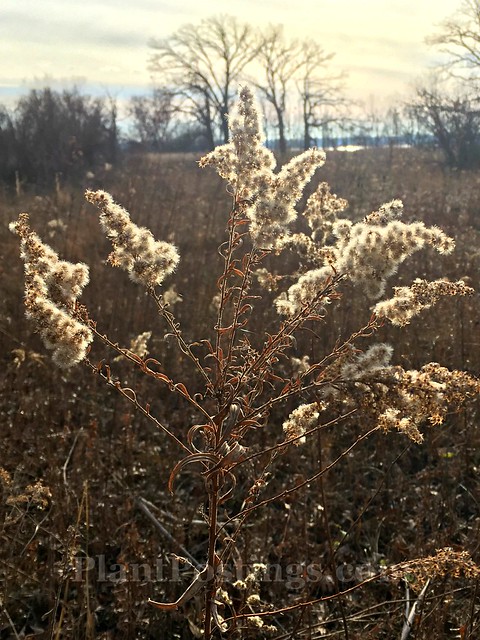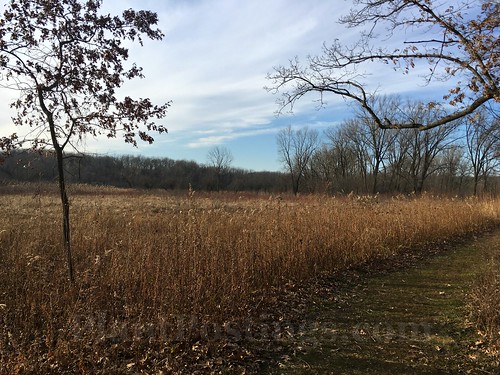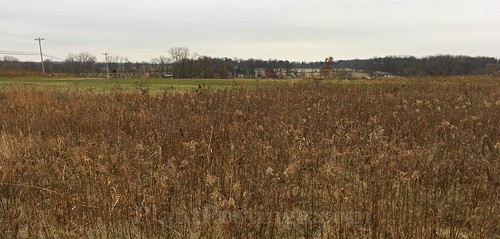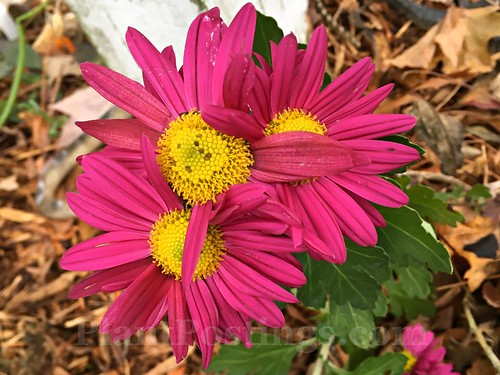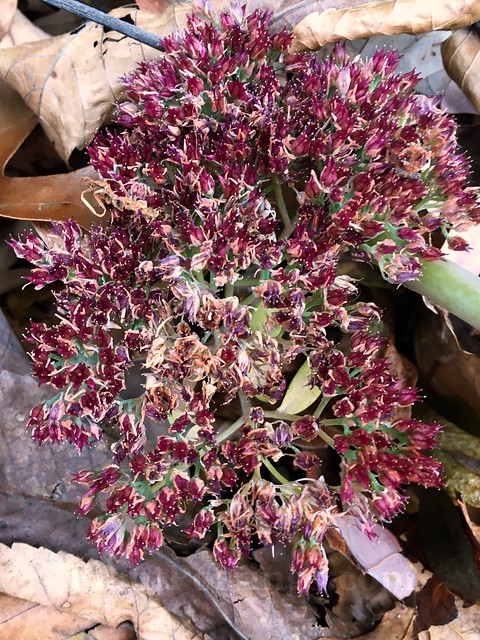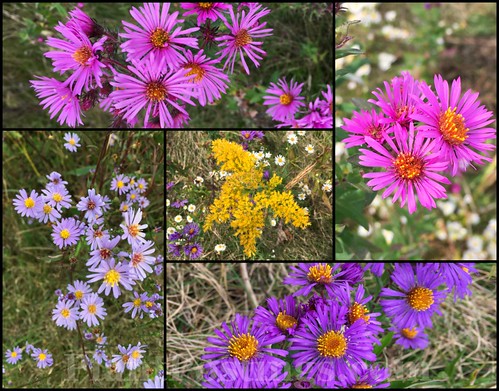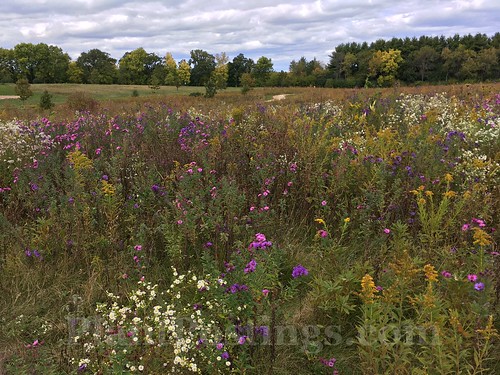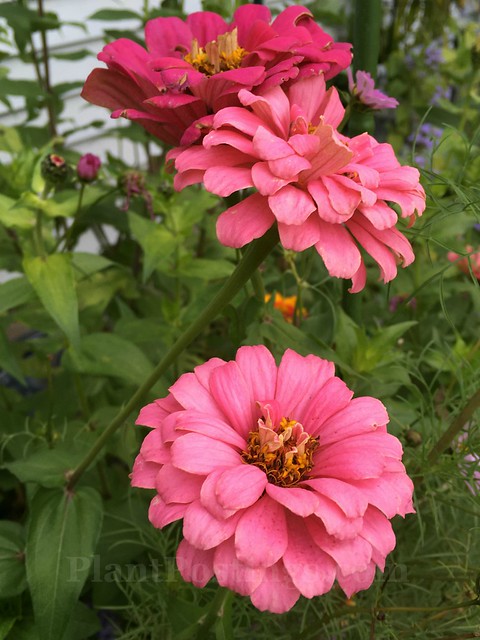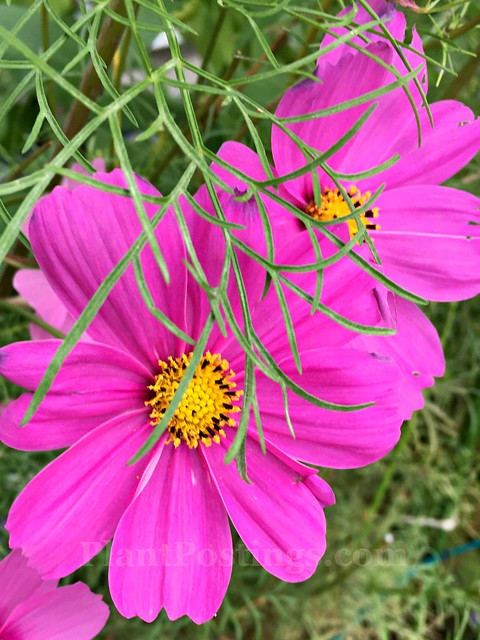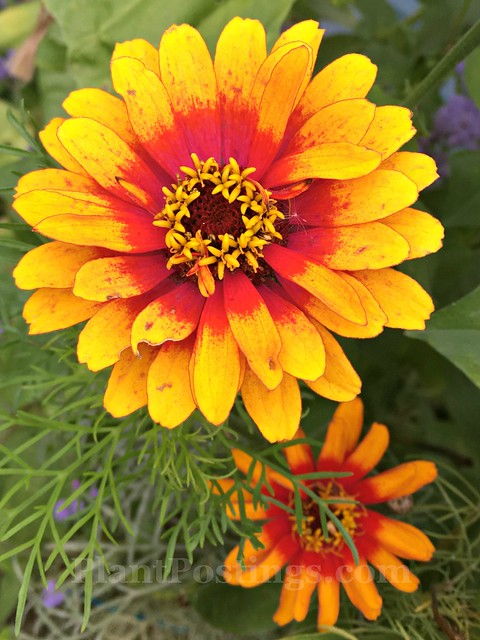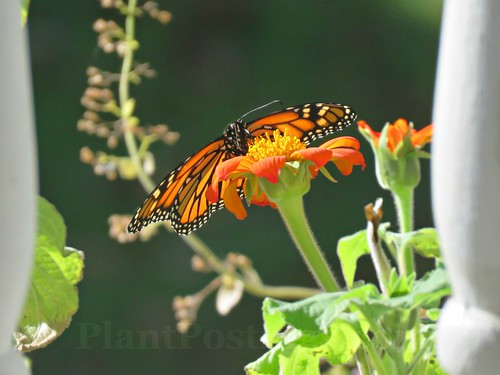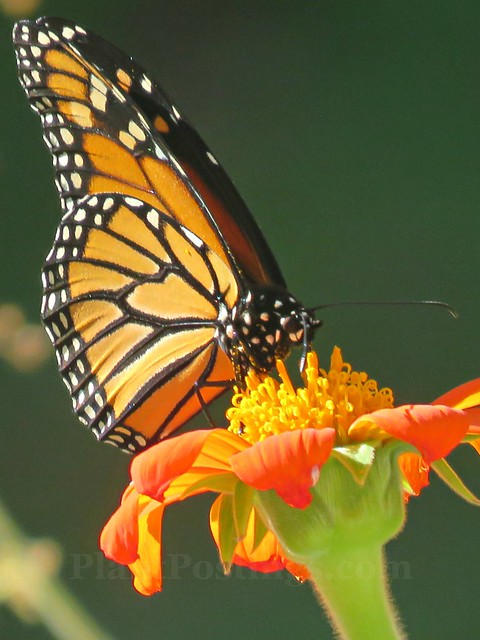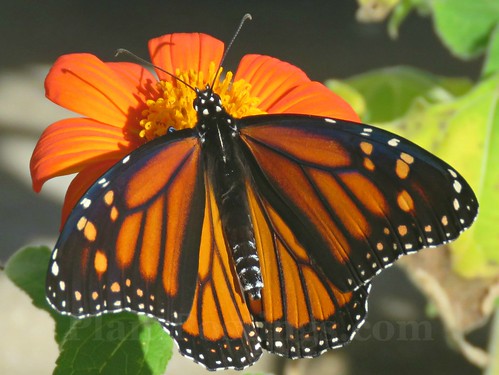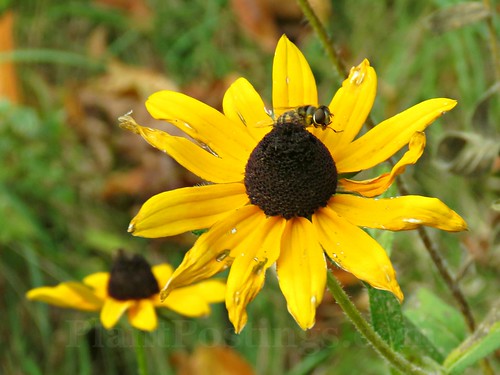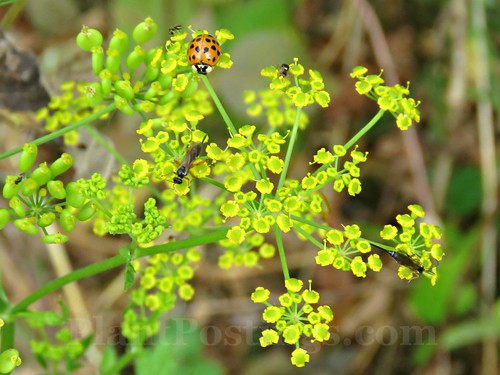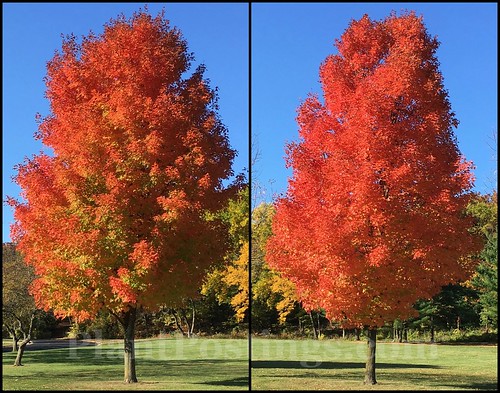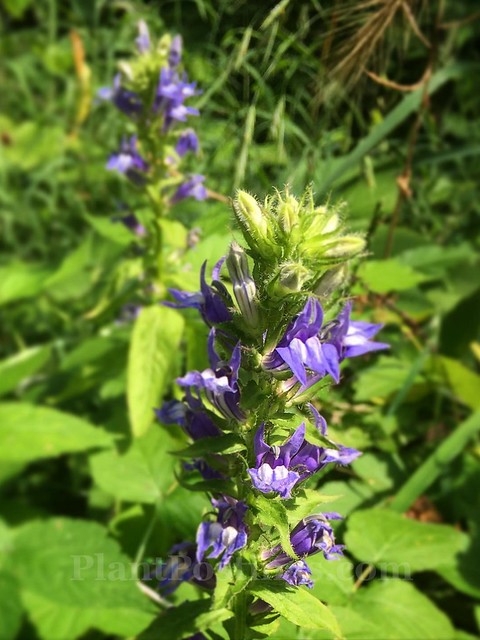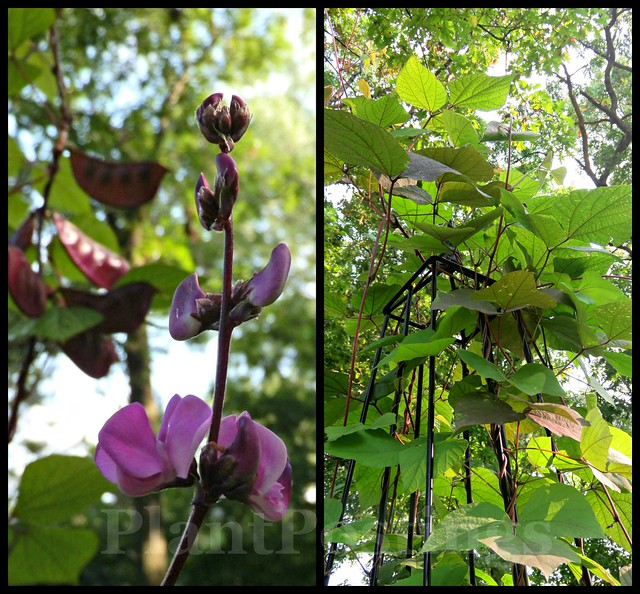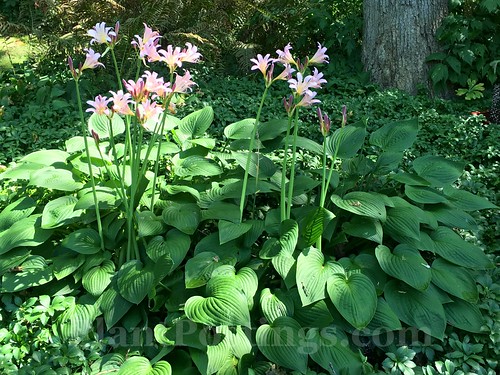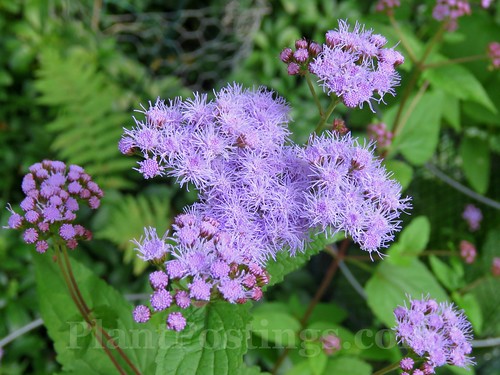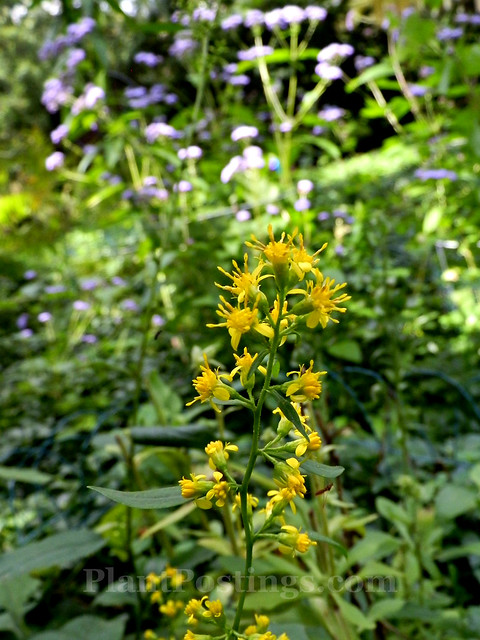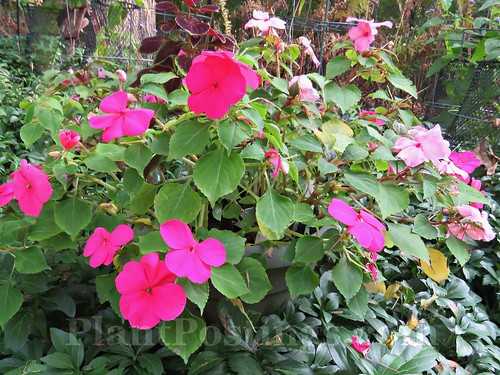
It's winter, and currently, we're warm--warm for this part of the world in December, anyway. The snow is melting after two days with temperatures in the 40sF. But by the time you read this, things will be different: There won't be much snow left for Christmas, and our HIGH temps will plummet into the 10sF. It truly will be a good time to stay inside--warm and cozy.
Tuesday, I ventured out to the garden to take stock, and I found a few fun scenes.

In October, I'd plopped some ornamental kale into my front porch pots, and they're still alive. They really perk up on warm days. I didn't have the heart to clear them out for traditional December decor, so I simply stuck some gold filament curlicue stems in the pots with them.
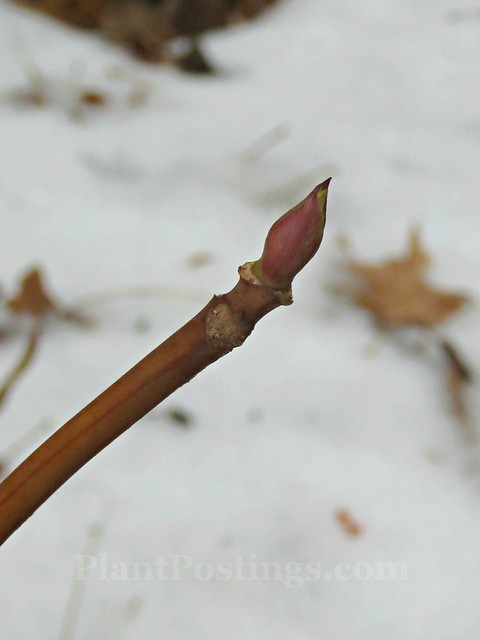
The Hydrangeas have plump buds that, most likely, will perish in the deep freeze ahead. I guess I should wrap them in burlap, but I never do. Oh well; some years they flower, some years they don't.
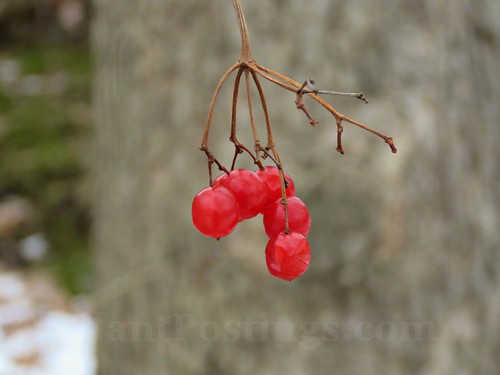
This time of year, it's fun to investigate the various red berries in the garden. I saw very few remaining on the Cranberrybush Viburnum (V. trilobum). I don't know what that means?
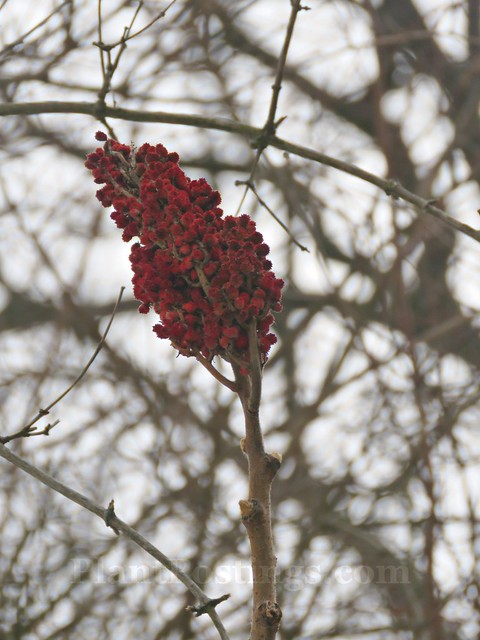
The Staghorn Sumac (Rhus typhina) always holds some berries into the spring, when the robins come back to nibble on them.

The Yew berries (Taxus baccata) never fail to offer a cheery holiday vibe.


This new bird house fits well in the crook of the Redbud tree (Cercis canadensis).
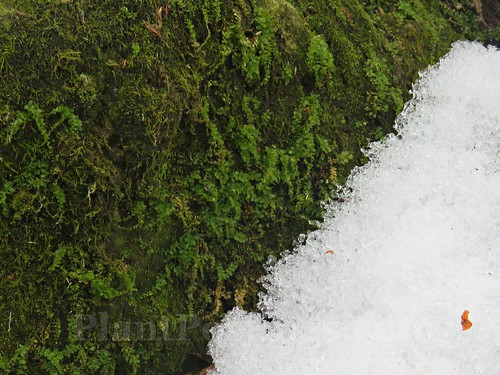
One of my favorite vignettes this time of year: the yin and yang of warm green moss and cold, white crystalline snow.

These Juniper (Juniperus squamata) branches appear to be clawing their way out from under a snow blanket.
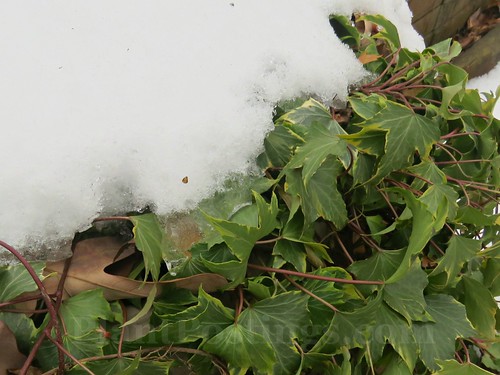
This English Ivy (Hedera helix) is still thriving and evergreen. Usually, I bring it inside for the winter, but I have other pots full of it, and this one is heavy and difficult to move. It's placed adjacent to a warm, heated pond. Will it survive our subzero days?

Finally, the Mums (Chrysanthemum spp.) illustrate the dramatic transition from autumn to winter so well.

